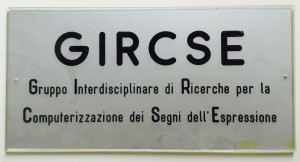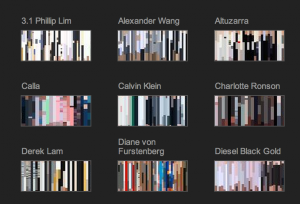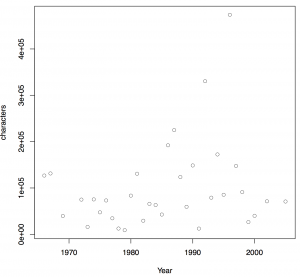This is a story from early in the technological revolution, when the application was out searching for the hardware, from a time before the Internet, a time before the PC, before the chip, before the mainframe. From a time even before programming itself. (Winter 1999, 3)
Introduction
Father Busa is rightly honoured as one of the first humanists to use computing for a humanities research task. He is considered the founder of humanities computing for his innovative application of information technology and for the considerable influence of his project and methods, not to mention his generosity to others. He did not only work out how use the information technology of the late 1940s and 1950s, but he pioneered a relationship with IBM around language engineering and with their support generously shared his knowledge widely. Ironically, while we have all heard his name and the origin story of his research into presence in Aquinas, we know relatively little about what actually occupied his time – the planning and implementation of what was for its time one of the major research computing projects, the Index Thomsticus.
This blog essay is an attempt to outline some of the features of the Index Thomisticus as a large-scale information technology project as a way of opening a discussion on the historiography of computing in the humanities. This essay follows from a two-day visit to the Busa Archives at the Università Cattolica del Sacro Cuore. This visit was made possible by Marco Carlo Passarotti who directs the “Index Thomisticus” Treebank project in CIRCSE (Centro Interdisciplinare di Ricerche per la Computerizzazione dei Segni dell’Espressione – Interdisciplinary Centre for Research into the Computerization of Expressive Signs) which evolved out of GIRCSE (Gruppo not Centro – or Group not Centre), the group that Father Busa helped form in the 1980s. Passarotti not only introduced me to the archives, he also helped correct this blog as he is himself an archive of stories and details. Growing up in Gallarate, his family knew Busa, he studied under Busa, he took over the project, and he is one of the few who can read Busa’s handwriting.

Original GIRCSE Plaque kept by Passarotti


